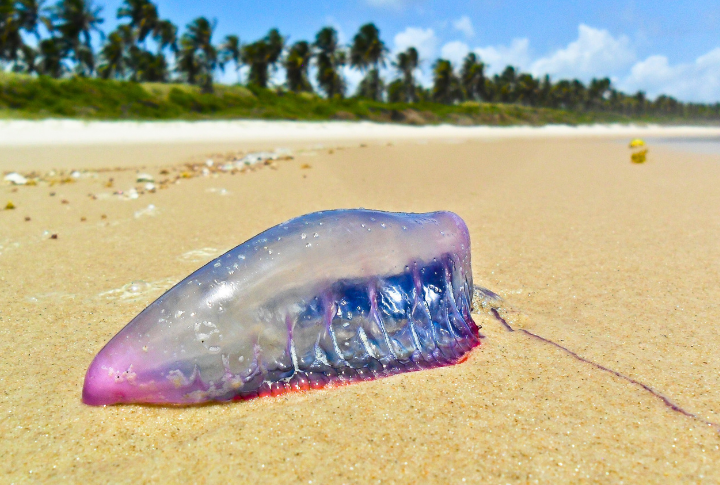
Think the Pacific holds the crown for ocean oddities? The Atlantic tells a different story. Some of its creatures glow in the dark, while others have built-in armor or outlive centuries of history. If you’re curious, take a look at these ten fascinating creatures that live in the depths of the Atlantic waters.
Portuguese Man O’ War

The Portuguese Man O’ War may look like a jellyfish, but it’s actually a colony of specialized parts working together. Some gather food; others defend or keep it afloat. Its tentacles can reach 30 feet and deliver painful stings. Sailors named it after a warship’s sail.
Wolffish
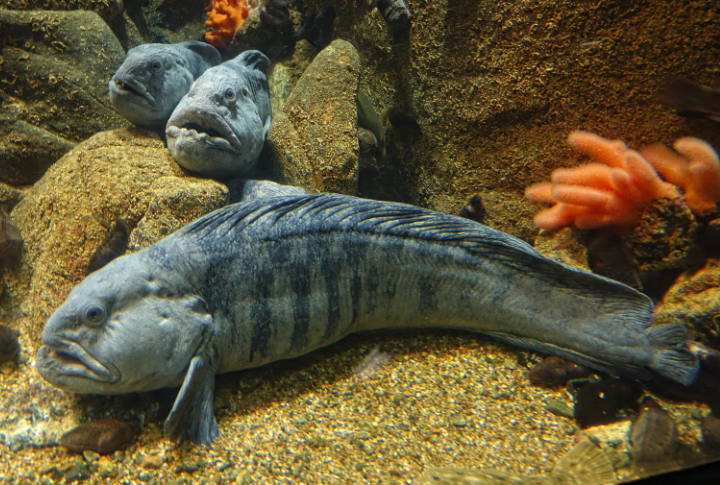
Snap your gaze to this fearsome fish with sharp teeth that crush hard-shelled prey. The wolffish survives the cold North Atlantic by using antifreeze proteins in its blood to prevent ice crystals from forming. It’s rarely seen, yet it is vital as its appetite keeps sea urchin populations in check.
Greenland Shark
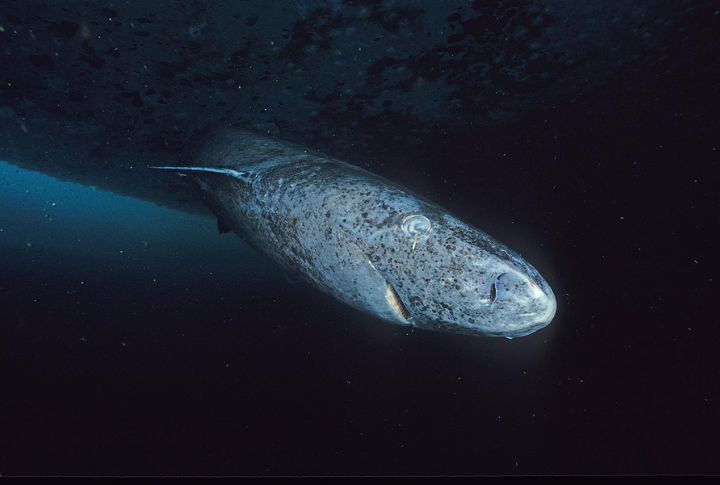
Beneath the Arctic ice lies the territory of the 400-year-old Greenland shark. These slow-moving giants grow only about one centimeter per year. Scientists used radiocarbon dating on their eye lenses to learn their age. Imagine swimming next to a creature older than Bach.
Sargassum Fish
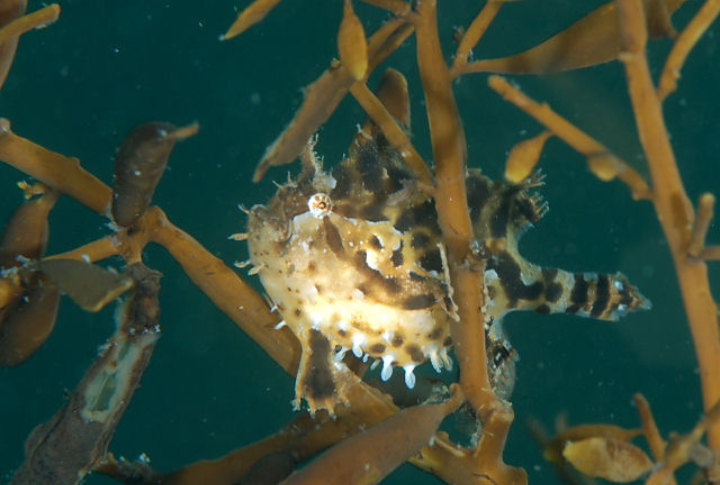
Camouflage is the modus operandi of the Sargassum fish. Its appearance blends perfectly into drifting seaweed mats. Found in the Sargasso Sea, it ambushes prey with a built-in lure on its snout. This fish has even been spotted moving across seaweed using its pectoral fin-like limbs.
Sturgeon
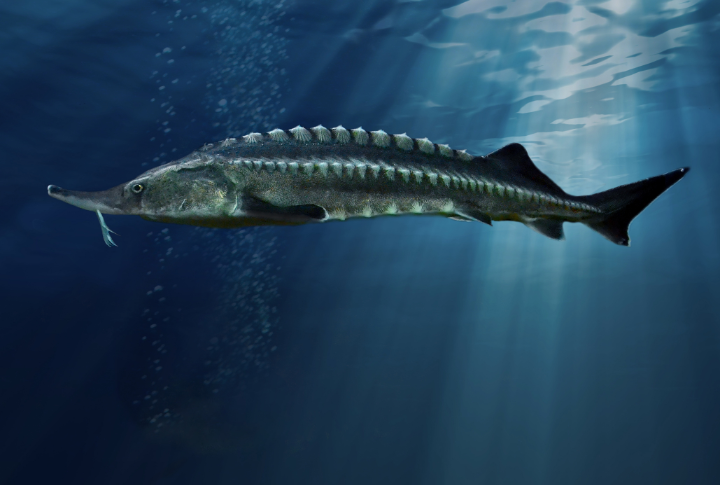
The Atlantic sturgeon roams estuaries with a body built like ancient armor. Some grow over 10 feet long and trace their lineage back 120 million years. They use barbels that look like whiskers to find food in murky riverbeds. Sadly, overfishing has made this marine creature critically endangered.
Hatchetfish

Meet the hatchetfish, a deep-sea wonder that lights up its belly to blend with the faint light above. It is a trick known as counterillumination, which helps this creature vanish from predators below. The flattened body gives it a sharp, blade-like look—fitting for a fish that lives in the shadows.
Sea Butterfly
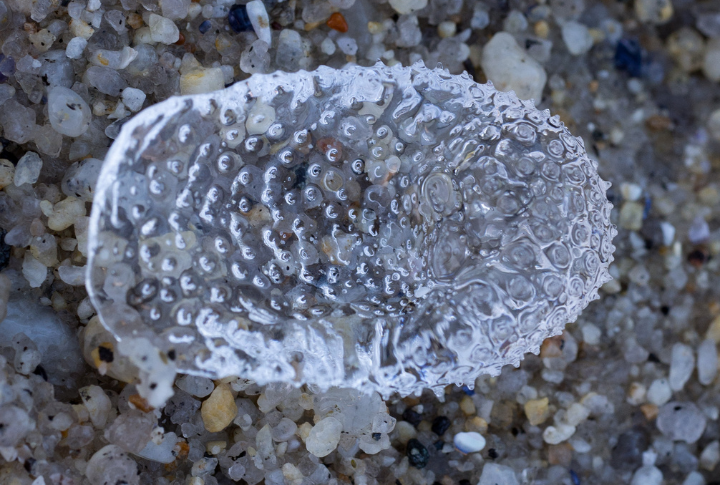
This translucent pteropod is a winged snail that lives in the upper layers of the Atlantic. It doesn’t crawl—it flutters, hence the name. Sea Butterflies use parapodia to drift like an airborne insect. Delicate as it looks, it’s an essential food source in polar marine ecosystems.
Atlantic Ghost Crab

On moonlit sand, a pale beach crab darts across the shoreline with surprising speed. With stalked eyes and sandy camouflage, the ghost crab can run sideways up to 10 mph. It digs deep burrows for shelter and even “squeaks” by grinding its claws together.
Torpedo Ray
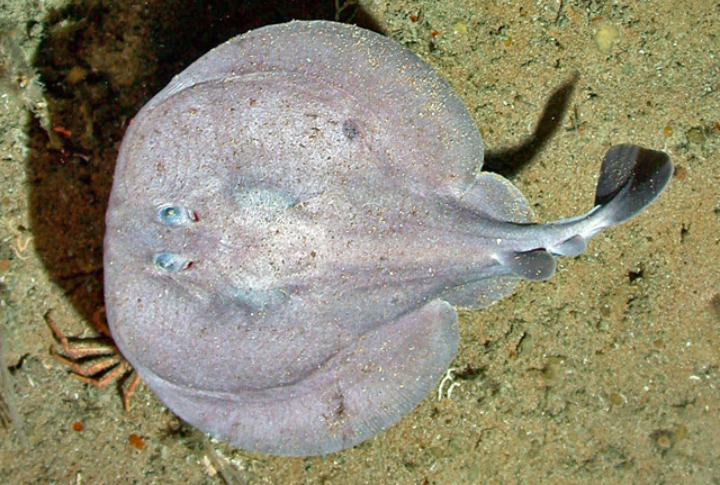
Charge your curiosity with this electric predator that can release up to 220 volts. The Atlantic torpedo ray uses electricity to catch prey or defend itself when needed. Ancient Greeks usually used them to treat headaches, a shocking form of therapy by today’s standards.
Dumbo Octopus
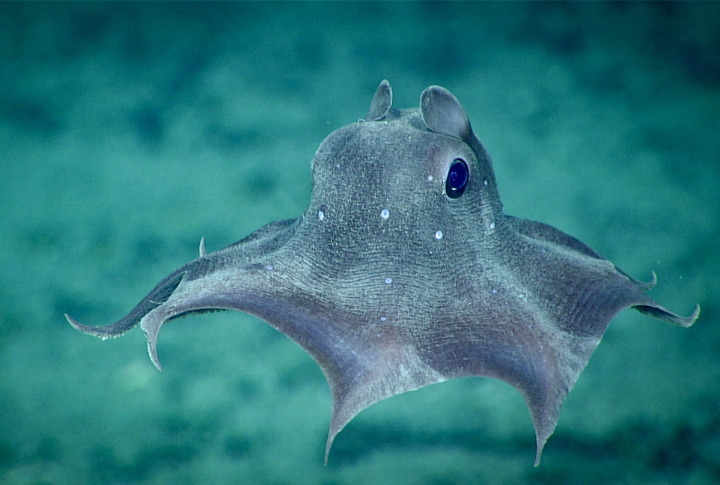
Far below the surface, a floppy-finned octopus drifts with a gentle and steady motion. Found more than 13,000 feet down, it uses fins that resemble ears to glide through the darkness with ease. In such extreme pressure, it avoids biting altogether and simply swallows its prey whole.

